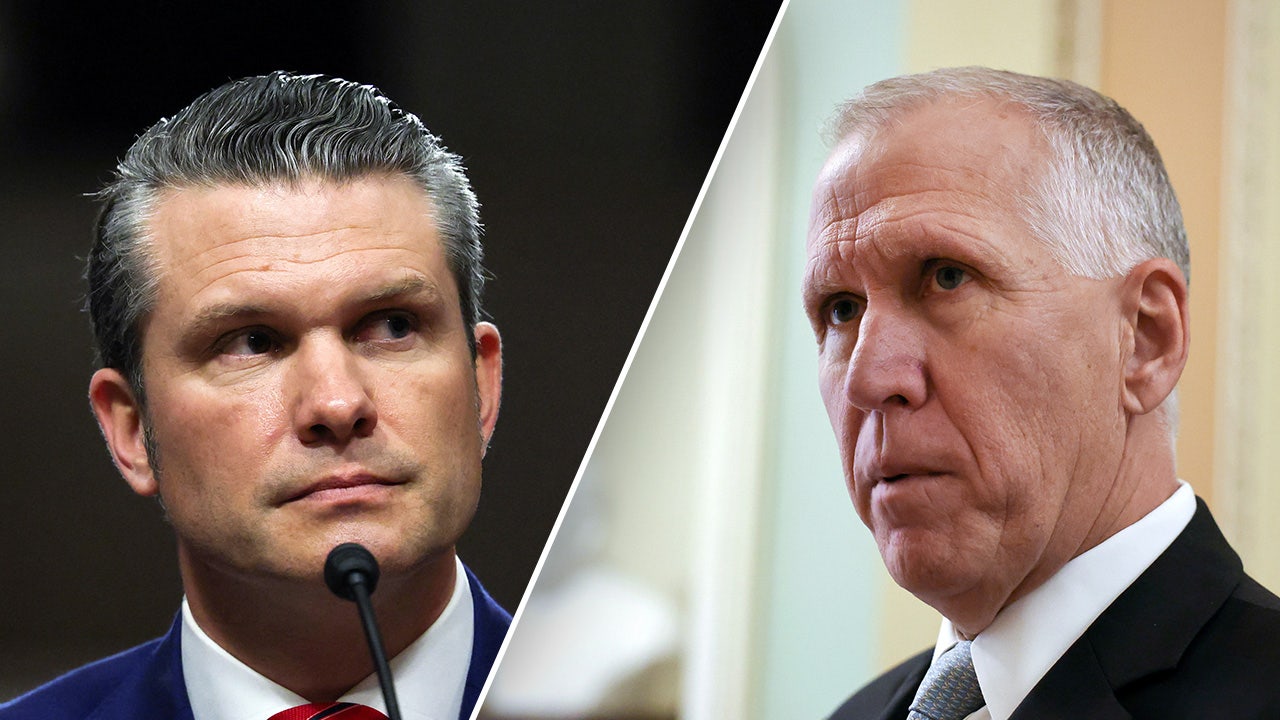The Russian invasion of Ukraine has prompted Western nations to ship to Kyiv an ever-growing list of weapons to defend themselves: small arms, anti-tank weapons, artillery, missiles and tanks.
Such expansions – notably this month’s deal to supply Ukraine with German- and US-made tanks – have promised gear that previously seemed taboo.
So what about Ukrainian officials’ calls for some of their allies’ most powerful weapons: military jets?
Andriy Yermak, a senior adviser to Mr Zelenskyy, hinted Monday that Ukraine had started to pressure NATO allies over the fighter jet issue. Speak on Telegram that Kyiv had received “positive signals” from Poland about F-16 fighter jets. Poland, an early advocate Sending German-made tanks to Ukraine has emphasized coordinating weapons decisions with other NATO members.
And Wopke Hoekstra, the foreign minister of another NATO member, the Netherlands, recently told Dutch lawmakers that the government would be willing to send American-made F-16 jets if the United States approved the transfer.
However, on Monday, when asked by a reporter whether the United States would provide F-16 fighter jets, President Biden said it was not. The White House declined to comment on whether Mr. Biden rules out using the jets outright or just an immediate broadcast.
Other guides were more direct. Chancellor Olaf Scholz of Germany repeated recently that Berlin would not send fighter jets to Ukraine. “I made it clear very early on that we are not talking about fighter jets, and I’m making that clear here as well,” he said in an announcement that Germany would be sending tanks to Ukraine.
On Monday, British Defense Secretary Ben Wallace acknowledged the questions about aircraft in a speech to MPs.
“Ever since we started the fight to bring tanks to Ukraine, people have understandably been asking what the next capability will be,” he said. “What we do know about all of these demands is that the initial answer is no, but the ultimate answer is yes.”
Britain, Wallace said, will monitor the progress of talks between western allies but noted that decisions on military aid are not an “ad hoc matter”.
Last week the US stance seemed flexible. A Pentagon spokeswoman, Sabrina Singh, said then that she does not believe the United States has ever “drawn a line” on the weapons it is willing to supply and stressed that the US is providing significant air defense capabilities to Ukraine.
However, should Western nations provide advanced aircraft, training Ukrainian pilots would be an aggravating factor, she said, since “more people need to come off the battlefield to learn an entirely new system.”
If fighter jets were sent, not only Ukrainian pilots would have to be trained. The logistics required to support an aircraft tranche unfamiliar to Ukrainian mechanics trained on Soviet-era equipment would be extensive and time-consuming.
And how such aircraft will be used remains an open question. The proliferation of surface-to-air missiles on both sides has meant dogfights and bombing raids are rare compared to the grueling artillery engagements that define war.
The supply of the United States with AGM-88 HARM anti-radar missiles, which arrived over the summer, has enabled Ukraine’s air force – composed mainly of Soviet-era jets and helicopters – to deploy its ordnance far enough from the front lines to fire in order not to be exposed to Russian air defenses.
A delivery of new jets “would reduce Ukraine’s disadvantage against the Russian air force and make it easier to deploy Western airborne munitions, but this is a lower priority issue overall,” said Michael Kofman, director of Russian studies at CNA, a research institute in Arlington, Va.





